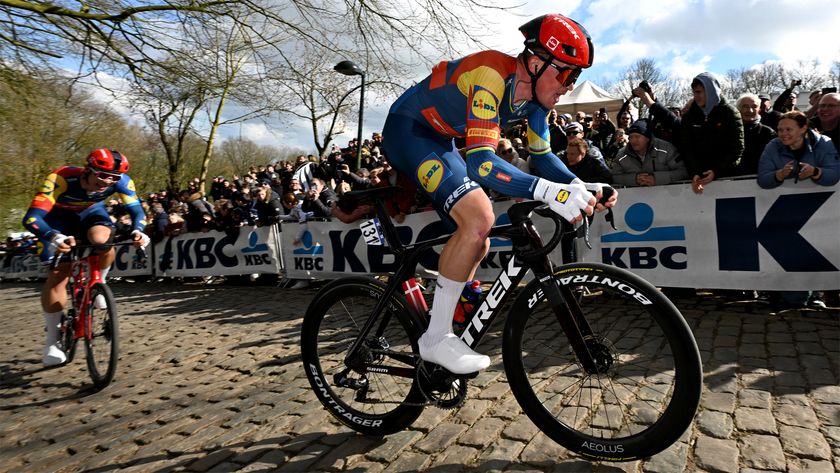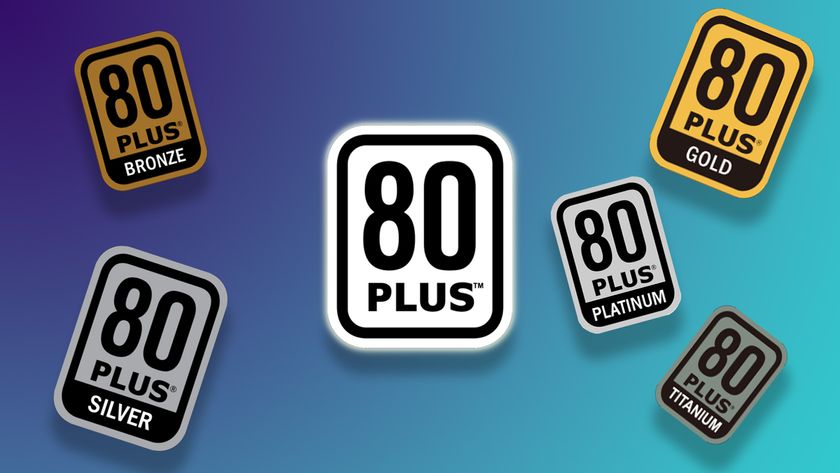How do you find work as a professional photographer?
[caption id="attachment_585778" align="aligncenter" width="610"]

Image by Mark Pain[/caption]
Going out to find work is one thing, but the goal is to have clients come looking for you. A reputation for delivering high-quality images on time and to budget is key to getting commissions through word-of-mouth.
"I get all my work through recommendations," says Alex Bailey. "It's one of those strange quirks. In the early days I did everything I could to make the phone ring, but for the past ten years or so I have done little other than to keep my website up to date - and the phone never stops ringing.
"I'm not complacent about my success, though, and make an effort to keep my work looking fresh and adopt new styles and ideas all the time."
If you're just starting out then you're unlikely to have built up enough word-of-mouth work to sustain your business, and you'll need to consider advertising.
As we're all aware, the internet has been a game-changer as far as marketing is concerned; it's not so much about knocking on doors to show your work as it is about pinging the inboxes of the right email accounts.
Get daily insight, inspiration and deals in your inbox
Sign up for breaking news, reviews, opinion, top tech deals, and more.
While some pros bemoan the plummeting price of stock images and the 'stealing' of low-res images online, there's no getting away from it: if you want to sell shots, you need to have your best work available online.
"It's important to put together a good website," agrees Mark Pain. "It's the shop window for your skills and is now the first point of contact for future clients."
Mark suggests that you should try to develop a style all of your own. "That's sometimes what a client is looking for," he says.
"With 20 years' experience, I've built up a body of work that clients are attracted by, but you have to keep reinventing yourself to remain fresh. For instance, I've recently started to shoot full 360-degree action images of sports for the first time."
Internet visibility doesn't cost the earth - in many cases it's free. Flickr, 500px and Behance are great places to start. A social media presence is important too, but only if you can commit the time to keep it updated.
Getting a website doesn't have to be expensive, either. There are plenty of free or low-cost photography-friendly themes for the Wordpress blogging platform that can get you started.
These days you don't need a degree in CSS to be able to create a slick online portfolio, but an ability to write engaging blog posts certainly helps - and can open up opportunities for paid work, too.
"I started a blog to write about the various aspects of wildlife photography," reveals Richard Peters. "In doing so I also began getting requests to write for others too. That pushed my work towards an even bigger audience and it built up from there."
SEE MORE: 10 common exposure problems every photographer faces (and how to fix them)
Stock photography
'There's no money in stock any more.' That's a classic complaint, but shooting stock can still provide a steady income.
"For shooting stock and commissioned work you need to have a drive within you that is all-consuming," says David Tipling. " It's no good not fancying early mornings or opting to go out to the pub when the light is beautiful.
"You need perseverance, an ability to develop a recognisable style as far as possible, to be prepared for constant knock backs and to develop a business brain.
"Finally, if you're going to rely on stock you need to have a tightly edited collection of a few thousand pictures earning income before you go pro."
SEE MORE: Full-frame sensor size explained - how to exploit its advantages and cool effects

How to market your photography
A website is the most convenient and effective way to share your portfolio with the world, but there are some traditional approaches that can also pay off:
Advertising
Taking out paid adverts in local magazines or websites will drive potential clients to your online portfolio, particularly if you're working in a 'client-facing' area such as wedding or portrait photography.
Exhibitions
These don't have to be large-scale: getting some prints on the walls of local cafés and restaurants is just as effective. When calculating sale prices, remember to factor in 'hidden' costs such as your time, travelling expense and the wear and tear on your gear in addition to printing, mounting and framing fees.
Magazines
Being featured in the best photography magazines is a great way to reach an audience of like-minded photography enthusiasts who are likely to spread the word about your work. Email the editor in the first instance along with a link to your online portfolio.
Books
Self-publishing a book of your best work might seem like a vanity project, but in the days when everyone and his dog has a blog it can help to set you apart.
READ MORE
Don't bide the dust: a perfectly safe guide to sensor cleaning
Full frame sensor size explained: how to exploit its advantages and cool effects
What your camera captures at every lens' focal length: free photography cheat sheet
Getting sharp images: every photo technique you need to know starting out













